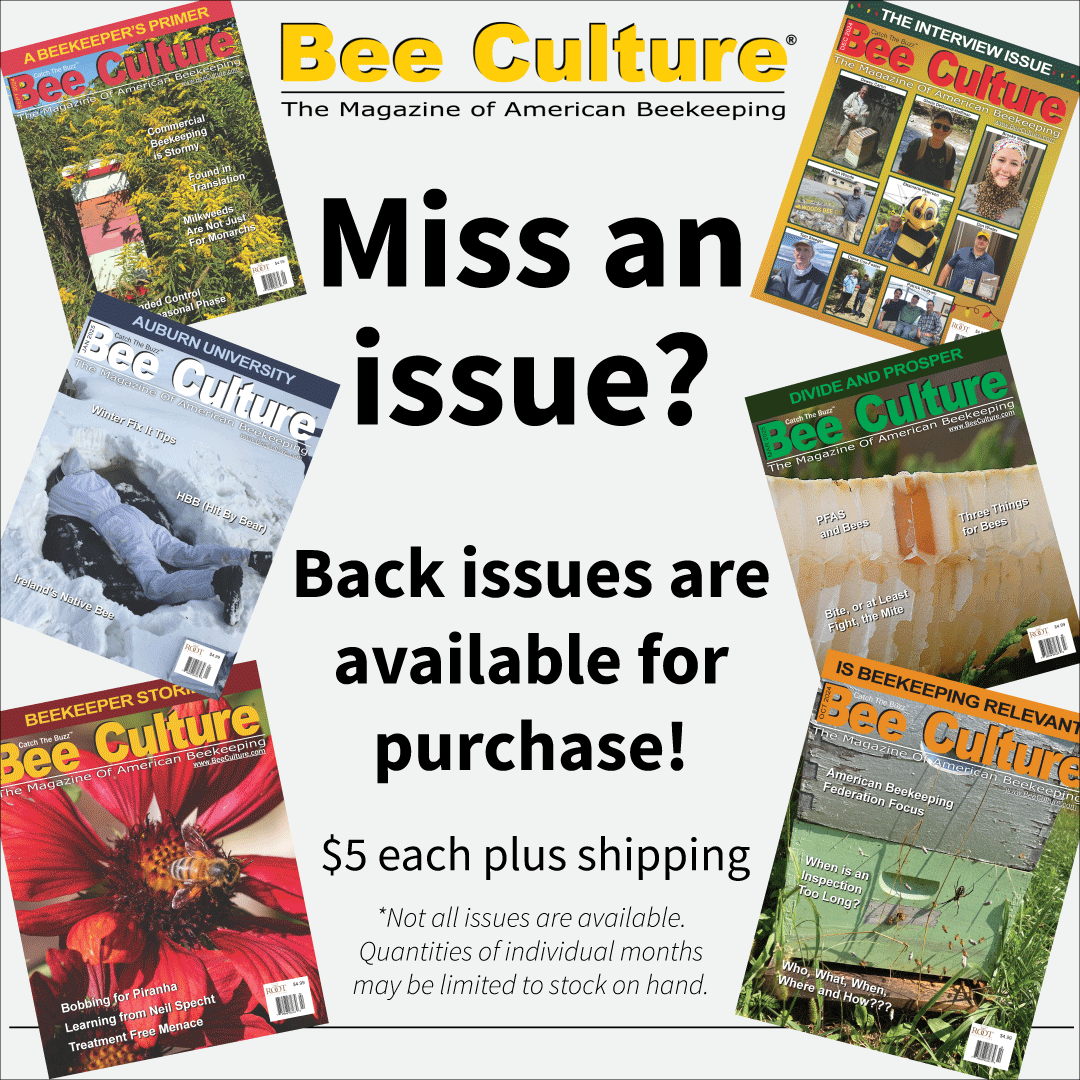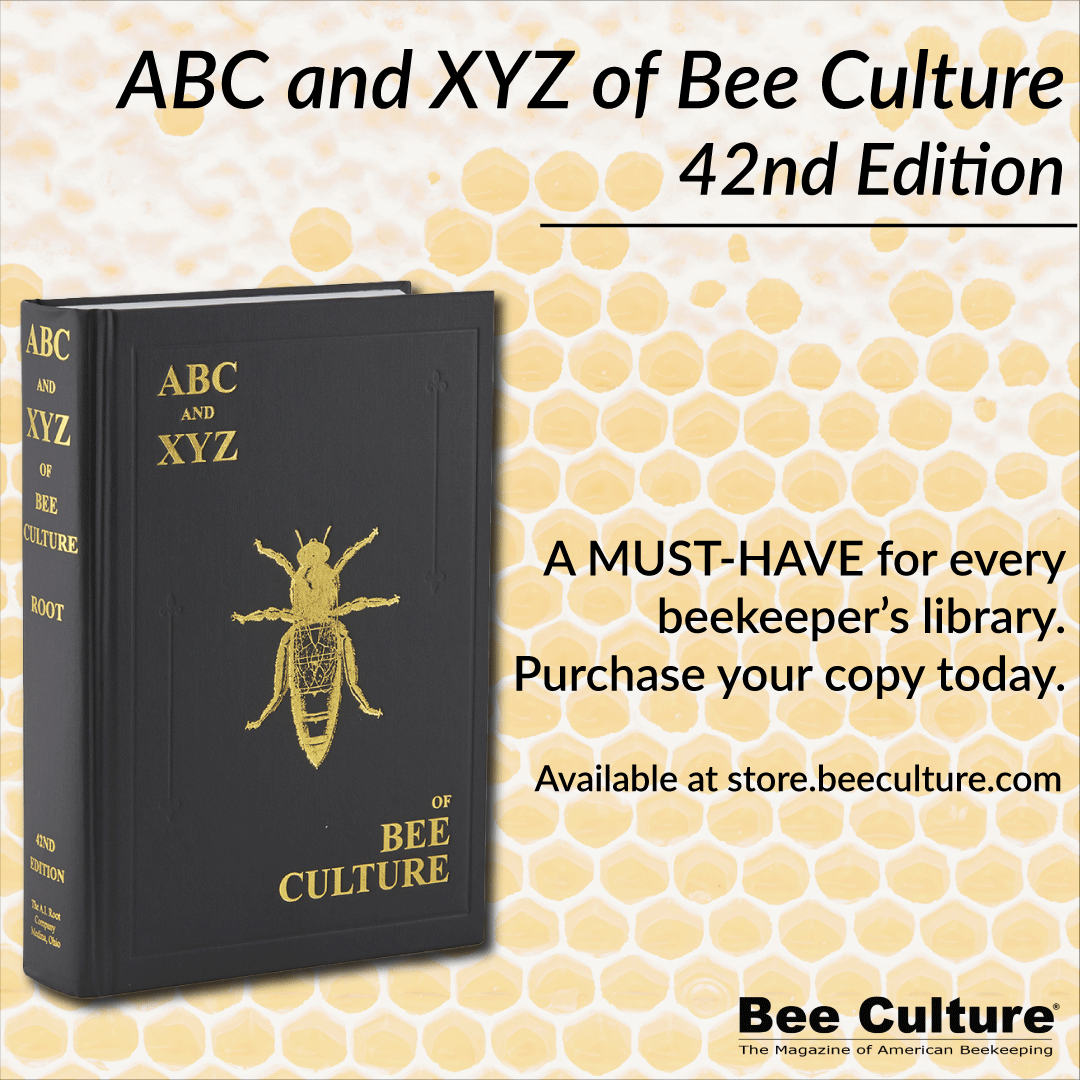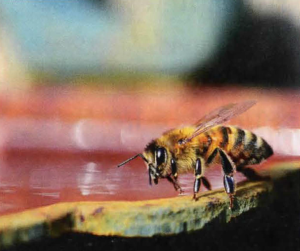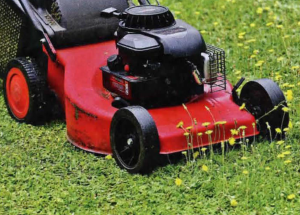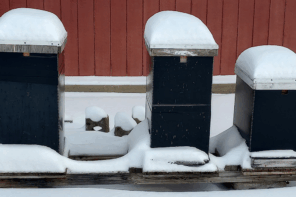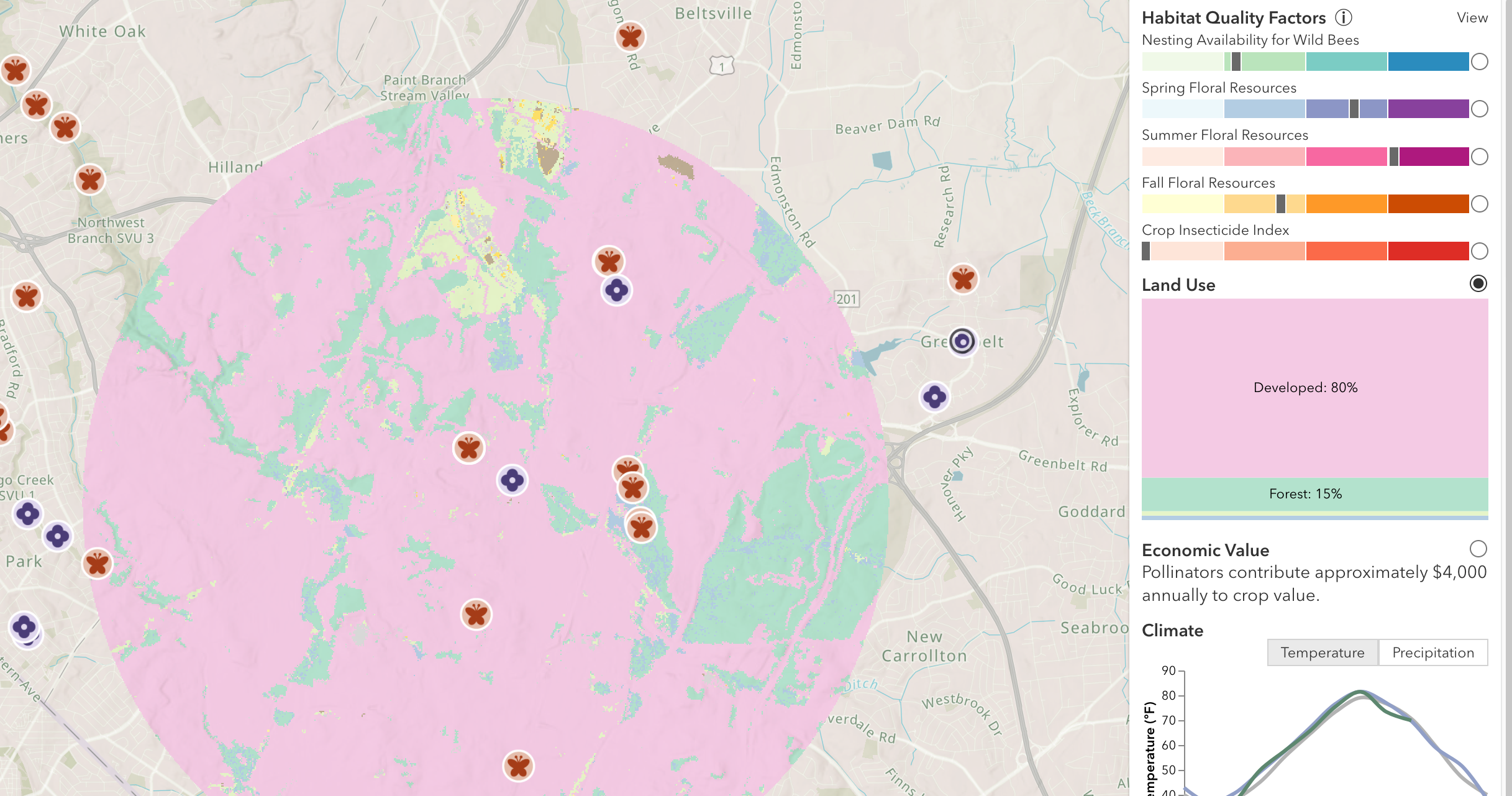By: Ann Harman
This article originally appeared in the Summer 2019 issue of BEEKeeping Your First Three Years
July is the month to monitor Varroa and treat if necessary for Winter survival.
• If a chemical treatment is selected, read the label to insure correct application.
• Determine population of small hive beetle and take action if abundant.
• All colonies should be in fully completed hives by end of July.
• Good ventilation is necessary in hot weather.
• Monitor the bees’ water supply. Do not let it dry up.
• Keep beeyard grass and weeds mowed.
• Examine queen’s performance.
• If colony is weak, look for disease or other conditions.
• If colony is healthy but weak, plan on requeening or combining colonies.
• Combine the weak colony with a strong colony and eliminate weak queen.
• Never combine two weak colonies; requeening each one is preferable.
• August first is the bees’ New Year’s Day.
• Be a Plant Watcher and a Weather Watcher to know if a dearth of bee forage.
• If a late Summer dearth, feed 1:1 sugar syrup and possibly a pollen patty.
• Monitor any pollen patties for small hive beetle infestation.
• Feed syrup inside the hive and feed all colonies to prevent robbing.
• Keep hive inspections to a minimum to avoid robbing.
• In cold climates begin feeding 2:1 sugar syrup in September for Winter stores.



